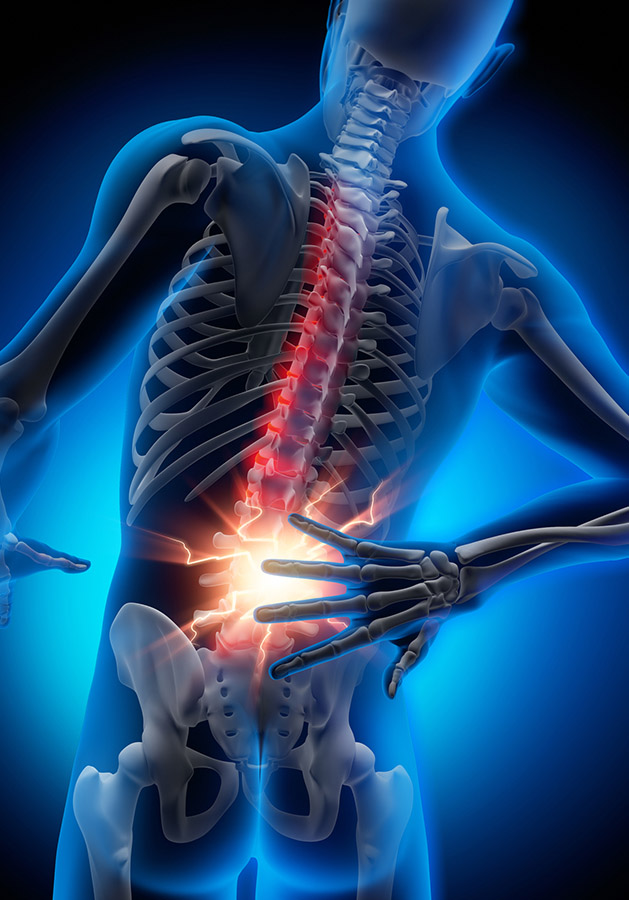Your cart is currently empty!
How do you get rid of back pain?


Ah, back pain – that unwelcome visitor that can turn even the simplest tasks into daunting challenges. Whether it’s a dull ache after a long day at the office or a sharp twinge that leaves you wincing in discomfort, back pain is a common complaint that affects millions of people worldwide. But fear not! In this conversational article, we’ll delve into the world of back pain, exploring its causes, coping strategies, and tips for finding relief. So, let’s kick back, relax, and discover how to conquer the back pain blues.
Understanding the Back: A Complex Support System
Before we dive into the nitty-gritty of back pain, let’s take a moment to appreciate the marvel that is the human spine. Your spine isn’t just a straight rod; it’s a sophisticated structure made up of bones, discs, muscles, and ligaments that work together to support your body, protect your spinal cord, and enable movement.
Now, here’s where things get interesting. Because your spine is so intricate, there are countless things that can go awry and cause back pain. It could be a muscle strain from lifting something heavy, a herniated disc from years of wear and tear, or even just poor posture from slouching at your desk all day. The possibilities are endless!
Common Culprits: What’s Causing Your Back Pain?
So, what exactly is causing your back pain? Well, that depends on a variety of factors, including your age, lifestyle, occupation, and overall health. Here are some of the most common culprits:
- Muscle Strain: This is perhaps the most prevalent cause of back pain, often resulting from activities like heavy lifting, sudden movements, or poor posture.
- Herniated Disc: When one of the discs between your vertebrae ruptures or bulges, it can irritate nearby nerves and cause pain, numbness, or tingling.
- Spinal Stenosis: This condition occurs when the spaces within your spine narrow, putting pressure on the spinal cord and nerves and causing pain, weakness, or numbness.
- Arthritis: Osteoarthritis and other forms of arthritis can affect the joints in your spine, leading to inflammation, stiffness, and discomfort.
- Degenerative Disc Disease: As we age, the discs in our spine can wear down, leading to pain, stiffness, and decreased mobility.
Coping Strategies: Tackling Back Pain Head-On
Now that we’ve identified some of the usual suspects behind back pain, let’s talk about how to cope with this pesky problem. While there’s no one-size-fits-all solution, there are plenty of strategies you can try to find relief and keep your back happy and healthy:
- Stay Active: It might seem counterintuitive, but gentle exercise can actually help alleviate back pain by strengthening the muscles that support your spine and improving flexibility and mobility. Consider activities like walking, swimming, yoga, or tai chi – just be sure to listen to your body and avoid anything that exacerbates your pain.
- Practice Good Posture: Slouching or slumping can put unnecessary strain on your back, so be mindful of your posture throughout the day. Sit up straight, keep your shoulders back, and try to distribute your weight evenly when standing or walking.
- Use Ergonomic Support: Invest in a supportive chair, ergonomic keyboard, or standing desk to help maintain proper posture and reduce strain on your back while working or sitting for extended periods.
- Apply Heat or Cold: Heat packs, warm baths, or heating pads can help relax tense muscles and relieve pain, while ice packs or cold compresses can reduce inflammation and numb soreness.
- Practice Stress Management: Stress can exacerbate back pain, so find healthy ways to manage stress levels through relaxation techniques like deep breathing, meditation, or mindfulness.
Seeking Professional Help: When to See a Doctor
While many cases of back pain can be managed with self-care and lifestyle modifications, there are times when it’s essential to seek professional help. Here are some red flags that indicate you should see a doctor:
- Severe or persistent pain that doesn’t improve with rest or self-care.
- Pain that radiates down your legs or arms, accompanied by numbness, weakness, or tingling.
- Difficulty walking, standing, or performing daily activities.
- Bowel or bladder dysfunction, such as incontinence or difficulty urinating.
- Unexplained weight loss, fever, or other signs of infection or illness.
If you experience any of these symptoms, don’t wait – schedule an appointment with your healthcare provider as soon as possible. They can perform a thorough evaluation, order diagnostic tests if necessary, and recommend appropriate treatment options tailored to your specific needs.
Conclusion: Conquering the Back Pain Blues
In conclusion, back pain may be a common complaint, but it doesn’t have to rule your life. By understanding the causes of back pain, adopting healthy lifestyle habits, and seeking professional help when needed, you can take control of your back health and find relief from discomfort.
Remember, everyone’s journey with back pain is different, so don’t be discouraged if it takes time to find the right combination of treatments that work for you. Stay patient, stay proactive, and don’t hesitate to reach out for support along the way.
So, the next time back pain comes knocking at your door, arm yourself with knowledge, implement some coping strategies, and show that nagging nemesis who’s boss!